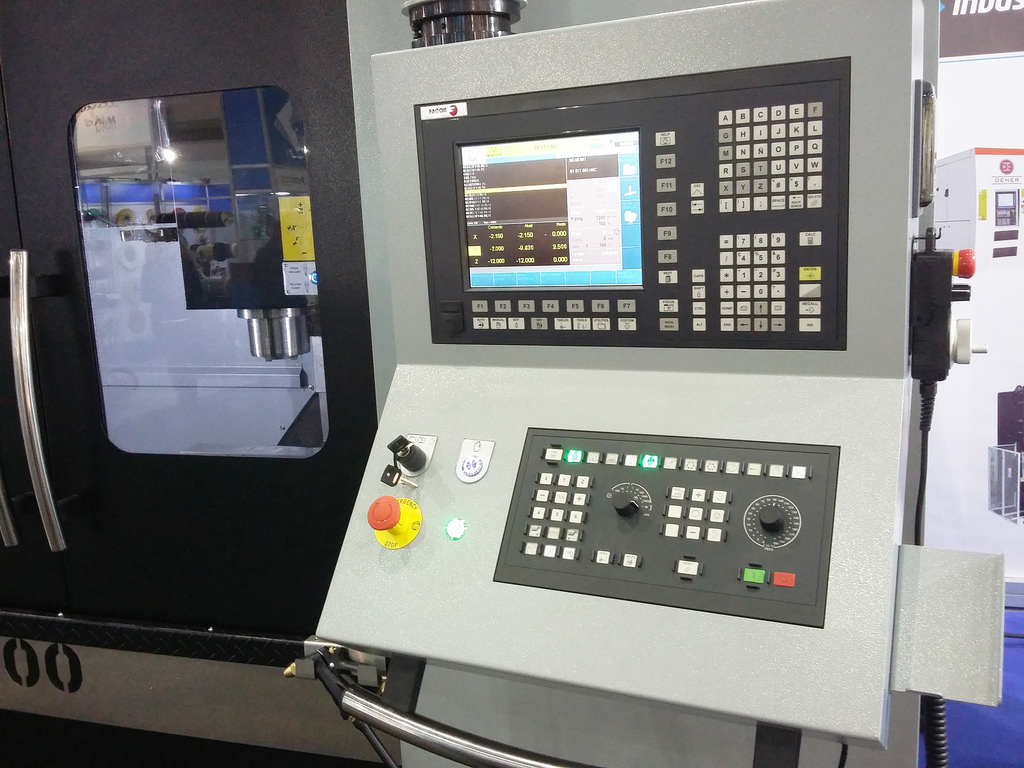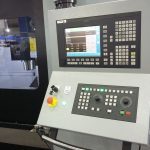The last several decades have seen a clear transition toward greater mechanization and automation of manufacturing. Many of the tasks that were once performed by humans are now being handled by various robotic workers, and this change has had some very clear benefits. Robots don’t get tired, they don’t get sick, and they don’t get hurt. They also don’t make mistakes–as long as they’re given the right information.

That’s where our discussion starts. In the earliest years of automation, the focus was exclusively on the production line. Engineers and managers wanted to make sure that the machinery could stamp this piece of metal or properly make that weld.In time, those decision makers found that the business side needs streamlining in order to create a favorable environment for automation. In doing so, they found that the business side itself can be automated.
In time, those decision makers found that the business side needs streamlining in order to create a favorable environment for automation. In doing so, they found that the business side itself can be automated.
A great example of this is business intelligence. Companies once had to handle piles of paper and rely on customers to be accurate and honest as they hurried to complete feedback forms, personal profiles, and other metrics that they wanted to gather.
The information was iffy at best, and the cost was astronomical. In comparison, the estimated cost of a BI tool like Qlikview is a far better value. It’s automated, paper-free, and far more organized for management. Businesses know what people buy, where they are from, how they are paying, and countless other details without disturbing the customer to provide any of it.
The important decision for businesses here is to use the right platform. Not all BI systems are created equal. They gather different information, have varying levels of security, and their output can come in varying formats that may or may not sync up with how the business organizes things.
Speaking of organization, automation has drastically changed how companies manage warehouses. A thoroughly automated warehouse cuts costs on data entry, inventory management, and even worker safety. A well-organized warehouse, staffed by automated “pickers” that scurry quickly from bin to bin, gets orders out the door with minimal errors and high speed.
Automation seems to be all about robots and machines, but it plays a role with personnel as well. The tasks for payroll, leave management, benefits, retirement systems, and countless other issues pertaining to workers are heavily automated, and new functions are added all the time. Many workplaces now perform all personnel functions electronically. Workers submit withholding information, enroll in insurance plans, request, and record leave, receive W-2’s, and get paid with minimal human involvement.
Perhaps the most striking area of automation growth has been in delivery. Amazon has been sending packages via drone for a few months now, starting in the UK and expanding to the US. Now UPS is a player, using drones as secondary staff on delivery trucks. The human driver handles heavy items and those nearest the truck while sending the drone to do quick, light deliveries.
It makes sense: Why should a heavy delivery truck go off the beaten path for a single delivery when a drone can do it for almost nothing? It saves fuel, wear and tear on vehicles, and driver time, all without sacrificing accuracy or proper handling.
The nightmarish predictions of the 1980’s regarding job losses from robotics have never come to fruition. Instead, workers are moving from direct product tasks to support the automation systems–programming them, maintaining them, building them, servicing them, and much more. It has created an employment shift instead of an employment loss. Other automated functions are likely to do the same thing, and yield the same financial benefits to today’s companies.

